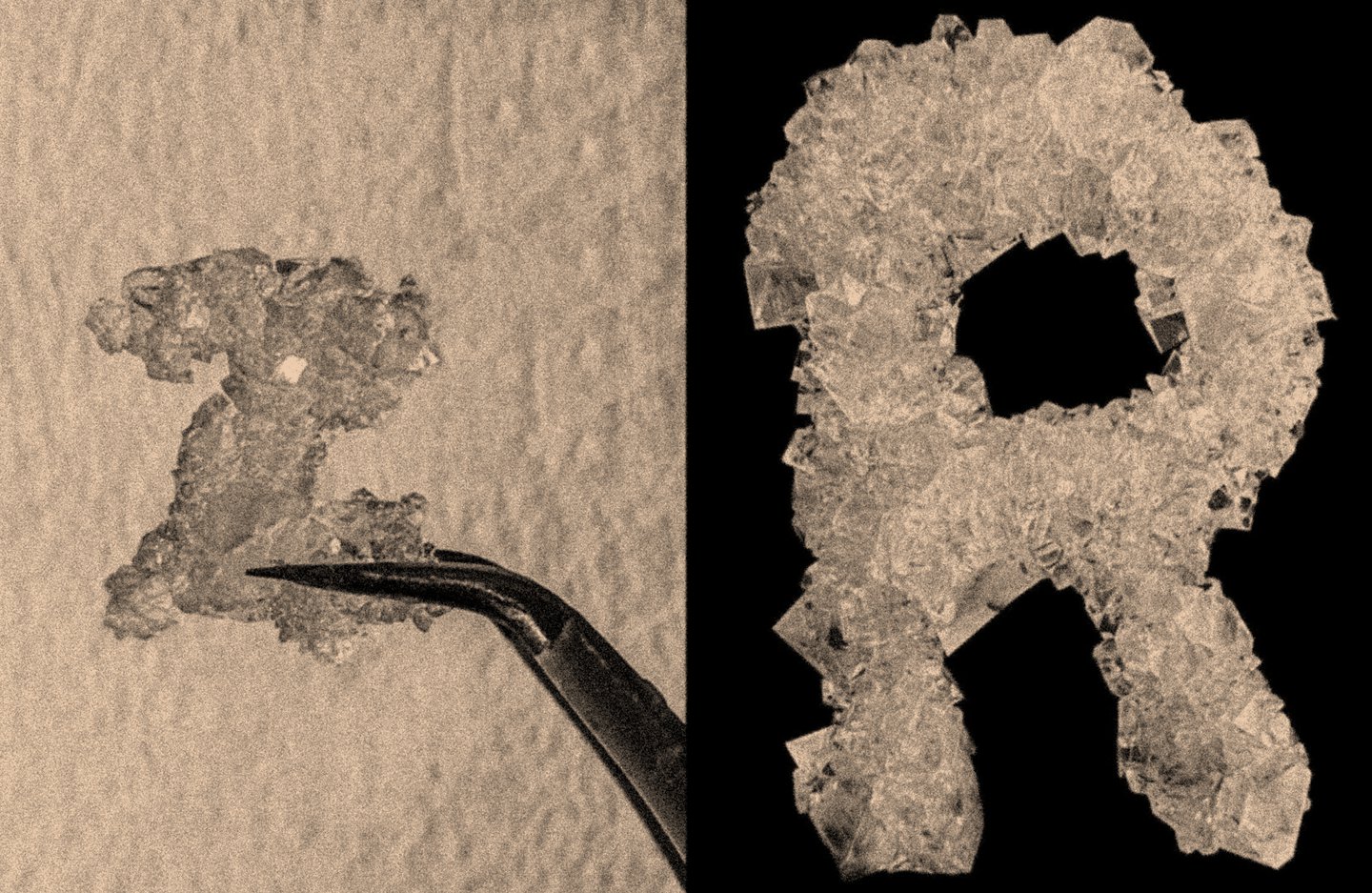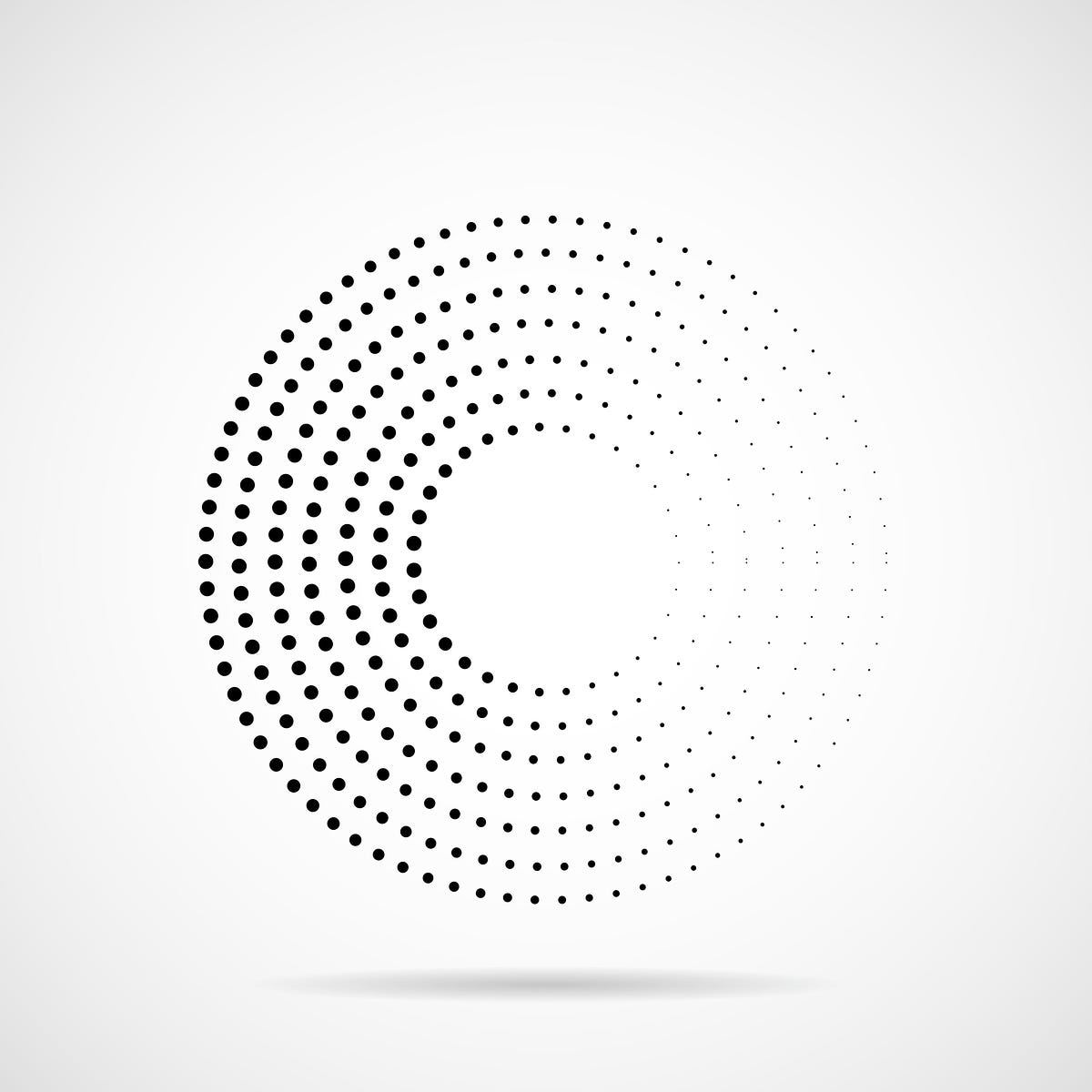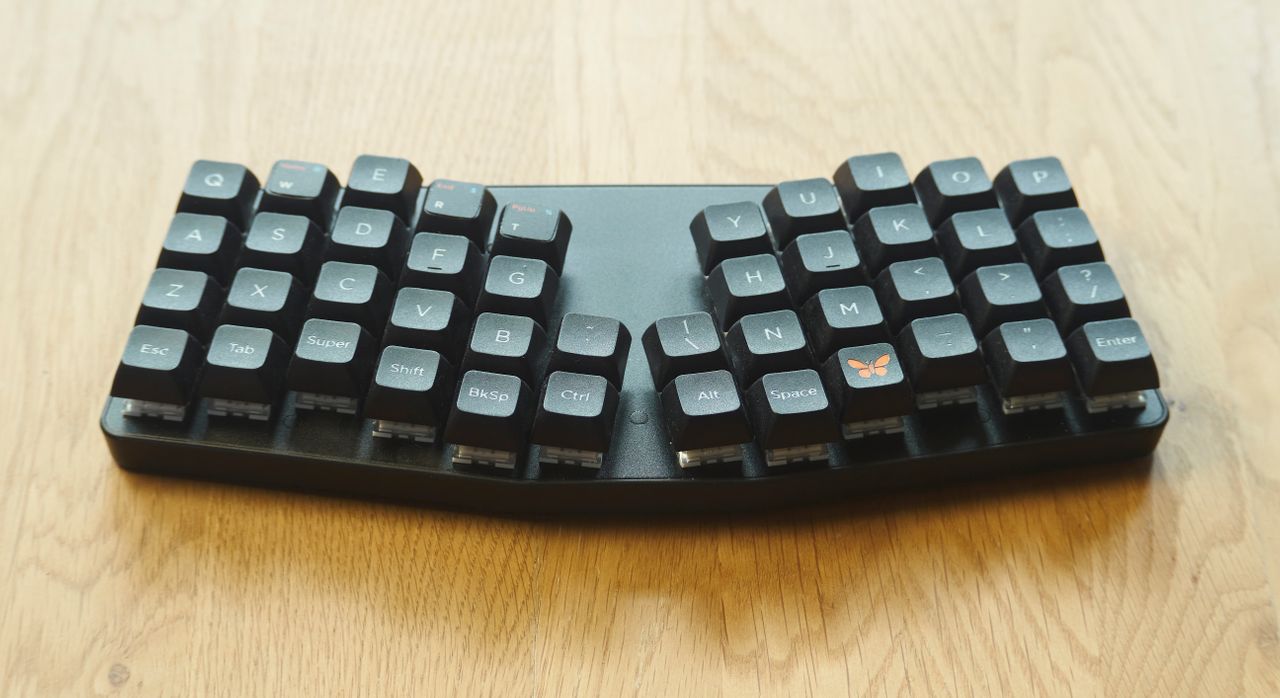
Proto-typography: how type is dictated by the surface it’s written on
Be it historical writing systems inscribed on leaves or entirely new mediums all together, we explore how, in typographic design, the medium has always shaped the message.
When it comes to font choice, we know what we like and what we don’t. And we know what feels right in the given context. But have we challenged that context enough? Have we dug deep enough and asked how the medium we’re engaging with has affected the very properties of the typeface’s design? Its base form. The ‘standards’ or expectations of that genre, style or language.
“[It’s] an exciting frontier in type design, where technology and creativity converge to redefine how we perceive and engage with typography.”
It’s not something that’s been interrogated enough; however, it was first proposed in 1996’s The World’s Writing Systems – edited by Peter T. Daniels and William Bright – that the distinctive cursive and rotund forms of multiple Southeast Asian and South Indian scripts are a result of material letterforms were first inscribed on. For the case of Balinese, Devanagari, Telugu, Tamil or Odia, to name but a few, different forms of leaves were used as the platform in which to write – for example, scratching messages into dried palm leaves before applying and whipping back an ink-like substance to reveal the ‘printed’ letters. It’s argued that these Southeast Asian and South Indian scripts opted for rounder forms as more angular lines damaged the leaf surface, making both the medium and the message beyond repair.
Meanwhile, Western Latin scripts opted for angular, more linear forms as standard, with the typical applications of lettering being carved into stone. In fact, as Timothy Samara’s Typography Workbook suggests, the structured strokes and serifs of Roman lettering came from the stone carvers, who introduced these small feet at the terminals of type forms to tidy up their appearance. Now, this lineage can be seen on screen, a long, long way from their engraved legacy, despite the drastic shift in medium.

















/cdn.vox-cdn.com/uploads/chorus_asset/file/25378910/STK088_SPOTIFY_CVIRGINIA_D.jpg)